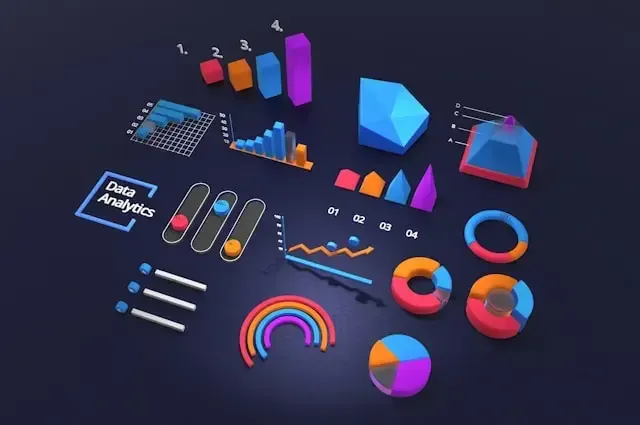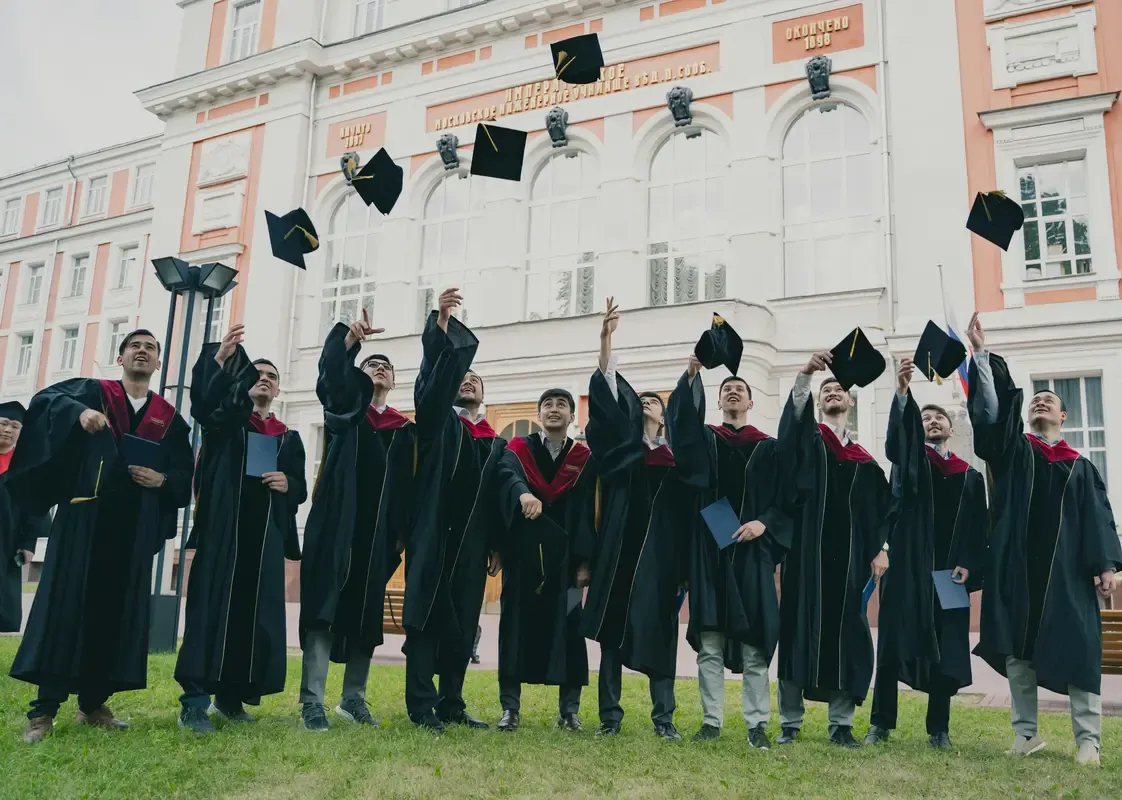This article compares remote learning and traditional classroom education in preparing students for the job market. It examines how each model impacts key skills such as employability, collaboration, and critical thinking, offering insights into which approach better equips students for the evolving demands of the workplace.
Introduction
Education is evolving, and with it, the debate over whether remote learning or traditional classroom settings best prepare students for the workforce has gained significant attention. In a world where technology shapes almost every aspect of our lives, students and educators alike are weighing the pros and cons of these two models. Which one better equips students for the challenges of the modern job market?
Both remote learning and traditional classrooms have their merits. Remote learning brings flexibility, access to global resources, and the potential to build digital literacy. On the other hand, traditional classrooms offer structured environments that foster face-to-face collaboration, hands-on learning, and more direct interaction with instructors.
However, the question remains: Which model better prepares students for the real world? It’s not just about academic knowledge anymore. Today’s employers seek candidates with critical thinking skills, the ability to collaborate, and proficiency in digital tools. By examining how each model addresses these skills, we can better understand their effectiveness in producing job-ready graduates. Let’s explore the strengths and weaknesses of remote learning and traditional classrooms and see how each aligns with the demands of the evolving workplace.
The Evolution of Education and the Job Market
Before diving into the comparison, it’s important to acknowledge how the job market itself has evolved. With the rise of automation, artificial intelligence, and globalized business practices, employers today are looking for more than just subject matter expertise. They expect employees to possess strong soft skills like adaptability, communication, problem-solving, and collaboration. On top of that, digital literacy is no longer optional—it’s a requirement.
This transformation in the workplace demands an education system that can keep pace with these changing expectations. Employers want workers who are knowledgeable in their field and prepared to adapt to new technologies, work in diverse teams, and think critically. Let’s now explore how remote learning and traditional classrooms fare in developing these skills.
Remote Learning: A Digital Education Revolution
1. Flexibility and Accessibility
One of the biggest advantages of remote learning is its flexibility. Students can access courses from anywhere, often on their own schedule. This model allows learners to manage their time effectively, which is a valuable skill in the modern workplace where remote jobs and flexible schedules are becoming more common.
2. Digital Literacy as a Core Skill
In remote learning environments, students are constantly engaging with digital tools, from video conferencing to collaborative platforms like Google Docs and Slack. By mastering these technologies, students become proficient in the digital landscape, an essential component of today’s job market. They learn to navigate online communication, manage digital workflows, and develop technical skills that are highly valued by employers.
3. Global Learning Communities
Remote learning often allows students to connect with peers and instructors from around the world. This exposure to diverse perspectives and cultures can prepare students for the increasingly globalized nature of the workforce. Learning to collaborate across different time zones and cultural boundaries mirrors the work environment in multinational corporations.
Traditional Classrooms: Tried and Tested Learning
1. Face-to-Face Interaction
Traditional classrooms provide opportunities for face-to-face interaction with instructors and peers. This is particularly valuable when it comes to developing soft skills like communication, empathy, and teamwork. Being physically present in a classroom allows for non-verbal communication and social cues that are often missing in virtual settings, fostering deeper connections.
2. Structured Learning Environments
The structure of traditional classrooms helps students develop discipline and time management. Fixed schedules, assignments, and deadlines create a sense of routine that can prepare students for the expectations of the workplace. Many employers value employees who can adhere to schedules and meet deadlines without needing external motivation.
3. Hands-on Learning Opportunities
Some skills are best learned through hands-on experience, particularly in fields like engineering, healthcare, or the arts. Traditional classrooms, with their labs, workshops, and studios, allow students to practice these skills in a controlled environment under the supervision of experts. This type of experiential learning can be difficult to replicate in a remote setting.
Comparing the Development of Critical Thinking Skills
Both remote learning and traditional classrooms have strengths when it comes to fostering critical thinking. Critical thinking is essential in the workplace for problem-solving, decision-making, and innovation.
Remote Learning: Self-Directed Learning
Remote learning often requires students to be more self-directed. They must seek out information, manage their time, and stay motivated without the physical presence of an instructor. This autonomy can sharpen critical thinking skills, as students need to analyze problems and solutions independently.
Traditional Classrooms: Socratic Dialogue and Debate
In traditional classrooms, instructors can engage students in debates, discussions, and Socratic questioning. These face-to-face interactions allow for real-time feedback and nuanced conversation, fostering an environment where students are challenged to think deeply about subjects and defend their viewpoints. This process can be invaluable in helping students develop analytical skills.
Collaboration and Teamwork: Virtual vs. In-Person
Collaboration is a key component of most modern workplaces, where projects often require input from multiple team members across departments or even countries. Both education models address collaboration in different ways.
Remote Learning: Virtual Collaboration Tools
In remote learning, students often use online platforms like Zoom, Microsoft Teams, or Slack for group work. Learning to collaborate virtually mirrors how many teams work in global companies today. Remote students develop skills in online communication, document sharing, and virtual teamwork, all of which are crucial in modern digital workplaces.
Traditional Classrooms: In-Person Collaboration
In contrast, traditional classrooms emphasize in-person teamwork. Working face-to-face allows for immediate feedback, better communication through body language, and stronger team dynamics. Traditional classroom settings also often involve group projects, which help students build relationships and work effectively in team environments.
Skill Development for the Future: What Do Employers Really Want?
Employers today are less interested in rote memorization and more focused on skills like adaptability, emotional intelligence, and digital competence. Let’s break down how each model prepares students for these demands.
1. Adaptability
Remote learners often need to adapt quickly to new technologies, course formats, and online environments. This constant evolution builds adaptability, a skill highly prized by employers in industries that are frequently disrupted by technological advancements.
Traditional classroom students may have less exposure to rapid change but benefit from the structure and consistency of face-to-face learning. This can help students develop resilience and time management but may leave them less prepared for fast-paced technological shifts in the workplace.
2. Emotional Intelligence (EQ)
Emotional intelligence, which includes self-awareness, empathy, and interpersonal skills, is cultivated more easily in a traditional classroom. Interacting with peers and instructors face-to-face helps students develop emotional intelligence by navigating social situations, resolving conflicts, and working in diverse teams.
In remote learning, while students may engage in virtual group work, the lack of in-person interaction can sometimes limit the development of these interpersonal skills. However, remote learners may build a different type of EQ by learning to communicate clearly and respectfully in written forms, a skill that is essential for remote or hybrid work environments.
3. Digital Competence
As previously mentioned, remote learning places a strong emphasis on digital skills. Students become proficient in navigating virtual platforms, managing online documents, and using various tech tools, all of which are indispensable in a tech-driven job market. Traditional classrooms, unless integrated with modern technology, may not focus as heavily on building these skills, which could leave students less prepared for the digital demands of today’s jobs.
The Role of Soft Skills: Are They Better Developed in One Model?
Soft skills such as communication, collaboration, and leadership are critical for workplace success. Both learning models can contribute to the development of these skills, but they do so in different ways.
Remote Learning: Independent Communication
Remote students often rely heavily on written communication, which can enhance clarity and precision in expressing ideas. This can lead to improved written communication skills, an asset in digital workplaces where email, messaging platforms, and reports are common.
Traditional Classrooms: Interpersonal Communication
Conversely, traditional classrooms focus on interpersonal communication. Face-to-face interactions help students develop public speaking, negotiation, and conflict resolution skills, all of which are vital for leadership roles.
Remote Learning and the Future of Work
With the shift towards remote and hybrid work models in many industries, students who experience remote learning may have an advantage. They are already familiar with managing their own schedules, collaborating across distances, and using digital tools to complete tasks. Remote learning simulates the kind of environment that many companies are adopting, especially in tech-driven fields like marketing, software development, and consulting.
Traditional Classrooms: The Importance of Social Skills
However, traditional classrooms shouldn’t be discounted. Many industries, particularly those that require hands-on work or client interaction, still rely heavily on in-person communication. Healthcare, education, and engineering are just a few examples where face-to-face collaboration and social interaction are key components of success. Traditional classrooms build the social skills necessary for these industries.
Blended Learning: A Middle Ground
In reality, the most effective education model might be a blend of both remote and traditional learning. Blended learning environments, where students engage in both online and in-person activities, can offer the best of both worlds. Students benefit from the flexibility and digital literacy of remote learning, while still developing the interpersonal skills that traditional classrooms nurture.
Conclusion
There is no definitive answer to whether remote learning or traditional classrooms best prepare students for the job market. The answer depends largely on the field of study, the individual student’s learning style, and the specific demands of the industry they plan to enter. Remote learning excels in fostering digital literacy, adaptability, and global collaboration, making it highly effective for tech-centric industries. On the other hand, traditional classrooms emphasize face-to-face interaction, emotional intelligence, and hands-on learning, skills that are crucial in fields requiring close collaboration or client interaction.
For most students, a hybrid approach—combining the strengths of both models—may offer the most well-rounded preparation for the modern workforce. The future of education likely lies in blending these approaches to equip students with both the technical skills and the soft skills they need to thrive in a rapidly changing world.


























